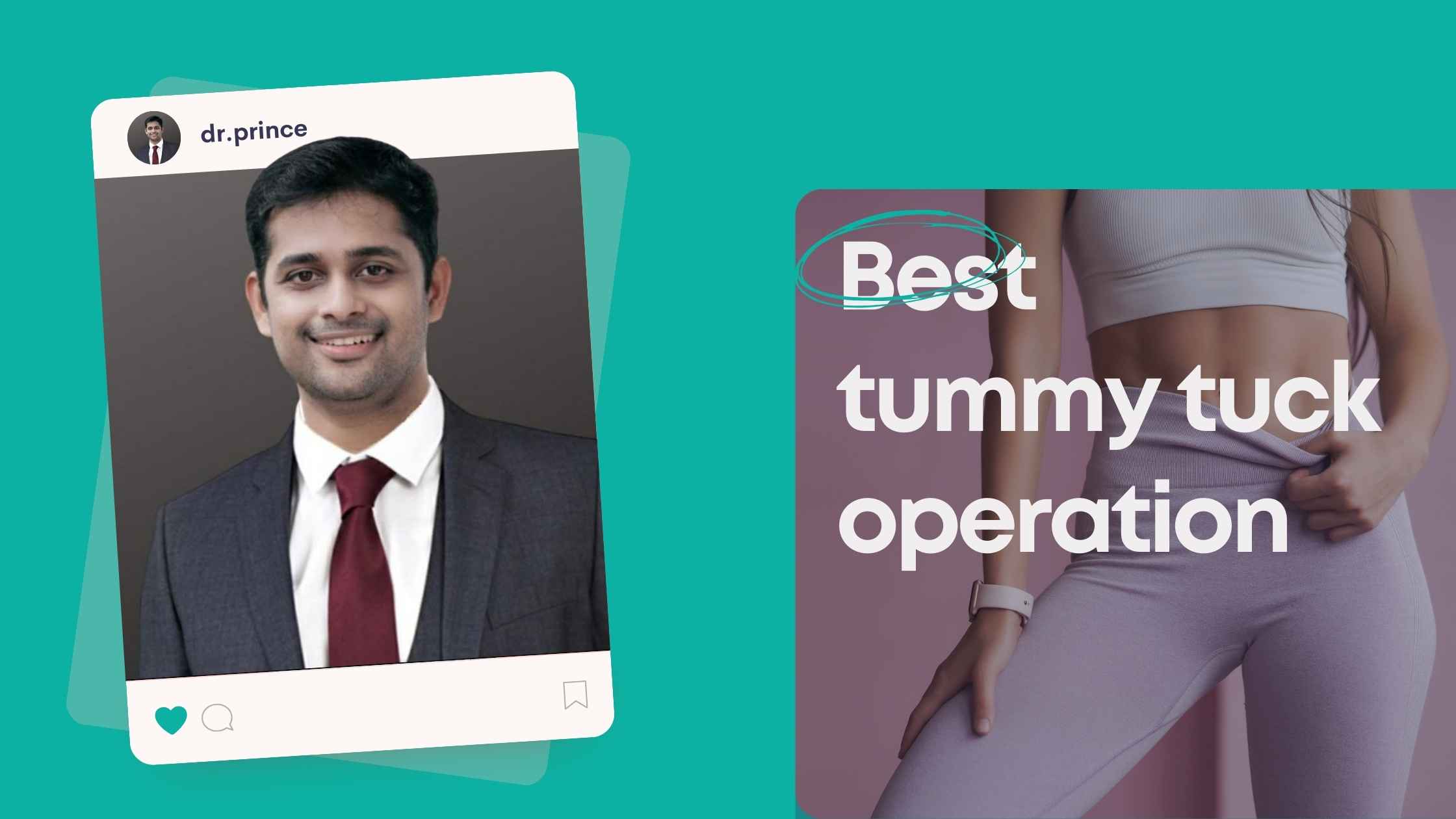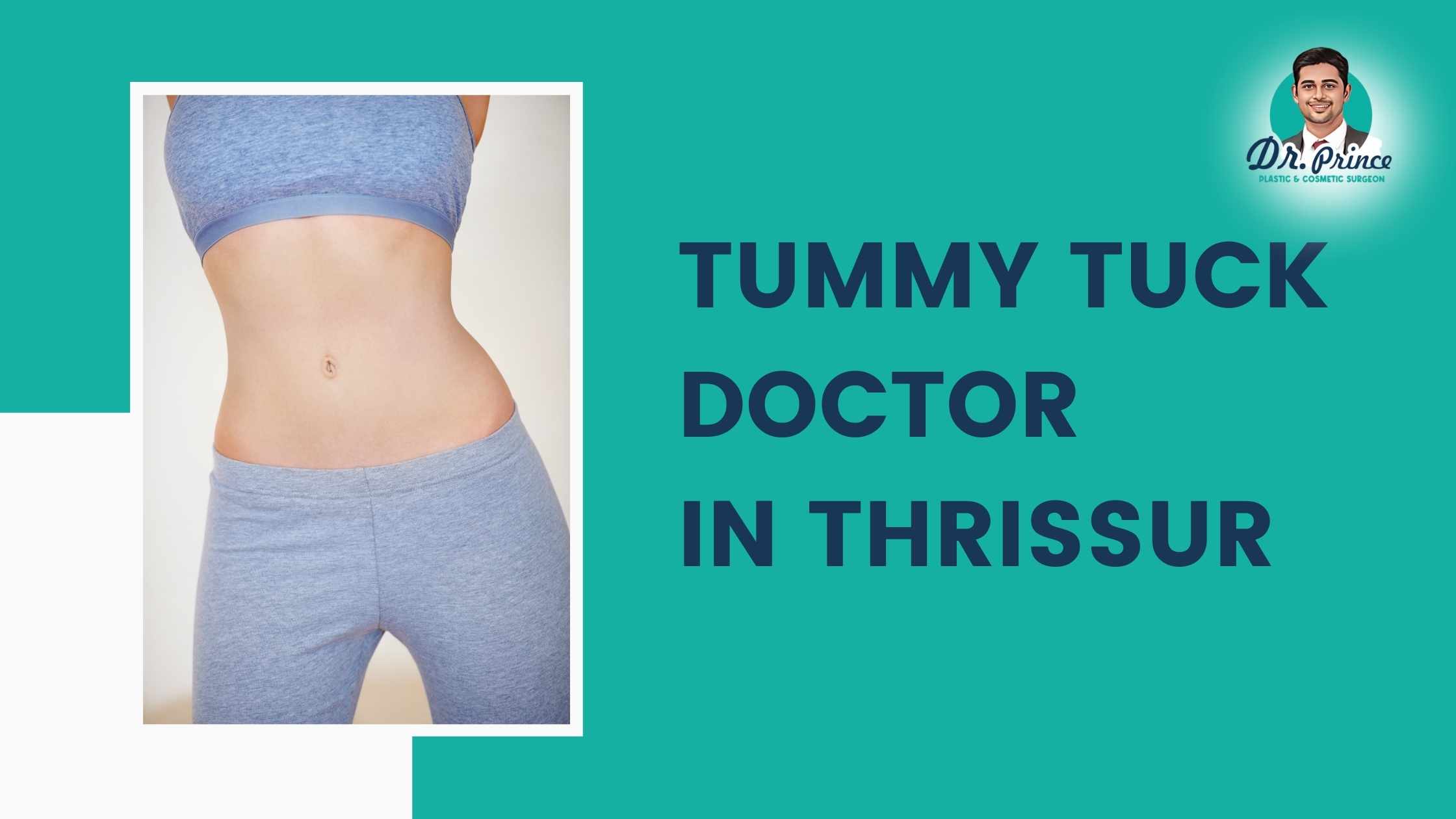Introduction:
Hair fall is a common concern affecting individuals worldwide. Finding an effective hair fall treatment is crucial for maintaining healthy and vibrant hair. This comprehensive guide provides essential information on various aspects of hair fall treatment, including causes, prevention, and available options.
1. Understanding Hair Fall:
Causes:
Hair fall can be triggered by various factors, including genetics, hormonal changes, nutritional deficiencies, stress, and certain medical conditions.
Types of Hair Fall:
Different types include male and female pattern baldness, alopecia areata, telogen effluvium, and others, each requiring a specific approach to treatment.
2. Professional Consultation:
Dermatologist Visit:
Schedule a consultation with a dermatologist to identify the underlying cause of your hair fall and determine an appropriate treatment plan.
3. Lifestyle and Dietary Changes:
Healthy Diet:
Ensure a well-balanced diet rich in essential nutrients like vitamins, minerals, and proteins, promoting overall hair health.
Stress Management:
Practice stress-reduction techniques such as meditation, yoga, or exercise to minimize the impact of stress on hair fall.
4. Topical Treatments:
Minoxidil:
Over-the-counter topical solution that can stimulate hair growth and slow down hair loss. Consult a healthcare professional before use.
Prescription Medications:
Some medications, like finasteride, may be prescribed for certain types of hair loss. Discuss potential side effects and benefits with your healthcare provider.
5. Platelet-Rich Plasma (PRP) Therapy:
Procedure Overview:
PRP involves drawing blood, processing it to concentrate platelets, and injecting the PRP into the scalp to stimulate hair follicles.
Effectiveness:
PRP has shown promise in promoting hair growth and improving hair thickness. Multiple sessions may be required for optimal results.
6. Low-Level Laser Therapy (LLLT):
Devices:
FDA-approved laser devices, such as laser caps or helmets, can be used at home to stimulate hair follicles and promote hair growth.
Clinical Treatments:
In-office LLLT sessions may also be available, administered by healthcare professionals.
7. Hair Care Practices:
Gentle Hair Handling:
Avoid harsh brushing, tight hairstyles, and excessive heat styling, as these practices can contribute to hair breakage and fall.
Regular Trims:
Trim your hair regularly to prevent split ends and breakage, promoting overall hair health.
8. Surgical Options:
Hair Transplantation:
In cases of advanced hair loss, hair transplantation is a surgical option where hair follicles are transplanted from donor areas to the thinning or balding areas.
9. Follow-up and Maintenance:
Consistent Care:
Successful hair fall treatment often requires consistent follow-up care and maintenance. Regular check-ups with your healthcare provider are essential.
Conclusion:
This comprehensive guide aims to provide a holistic understanding of hair fall treatment, encompassing lifestyle changes, topical solutions, innovative therapies, and surgical options. Consultation with a healthcare professional is crucial for personalized guidance based on your specific condition and needs.
Frequently Asked Questions (FAQs) - Hair Fall Treatment
1. What causes hair fall, and is it preventable?
- Answer: Hair fall can be caused by various factors, including genetics, hormonal changes, and nutritional deficiencies. While not always preventable, maintaining a healthy lifestyle, balanced diet, and managing stress can help minimize hair fall.
2. When should I see a dermatologist for hair fall treatment?
- Answer: It's advisable to see a dermatologist if you notice excessive or persistent hair fall. They can determine the underlying cause and recommend an appropriate treatment plan.
3. Do over-the-counter hair loss products like minoxidil work?
- Answer: Minoxidil is a widely used topical solution that can help stimulate hair growth and slow down hair loss. However, its effectiveness varies, and results may take time. Consult a healthcare professional for personalized advice.
4. What is Platelet-Rich Plasma (PRP) therapy, and how does it work for hair fall?
- Answer: PRP therapy involves drawing blood, processing it to concentrate platelets, and injecting the PRP into the scalp to stimulate hair follicles. It has shown promise in promoting hair growth and improving hair thickness.
5. Are there any medications for treating hair fall?
- Answer: Prescription medications like finasteride may be recommended for certain types of hair loss, particularly male pattern baldness. Consult with a healthcare provider to discuss potential benefits and side effects.
6. Can lifestyle changes and dietary improvements help with hair fall?
- Answer: Yes, maintaining a healthy lifestyle, including a balanced diet rich in essential nutrients, can contribute to overall hair health. Managing stress through relaxation techniques is also beneficial.
7. Is hair transplantation a permanent solution for hair fall?
- Answer: Hair transplantation is considered a permanent solution as it involves transplanting hair follicles from donor areas to thinning or balding areas. However, it's essential to follow post-operative care instructions for optimal results.
8. How long does it take to see results from hair fall treatments?
- Answer: The timeline for results varies depending on the treatment method. Topical solutions and medications may take several months, while procedures like PRP therapy may require multiple sessions for visible improvement.
9. Are there any side effects associated with hair fall treatments?Title
- Answer: Side effects can vary depending on the treatment. Topical solutions and medications may have minimal side effects, while procedures like PRP therapy may cause mild swelling or redness at the injection site. Discuss potential side effects with your healthcare provider.
10. How often should I trim my hair to prevent hair fall?
- Answer: Regular trims help prevent split ends and breakage, promoting overall hair health. Aim for a trim every 6-8 weeks or as recommended by your hairstylist.









